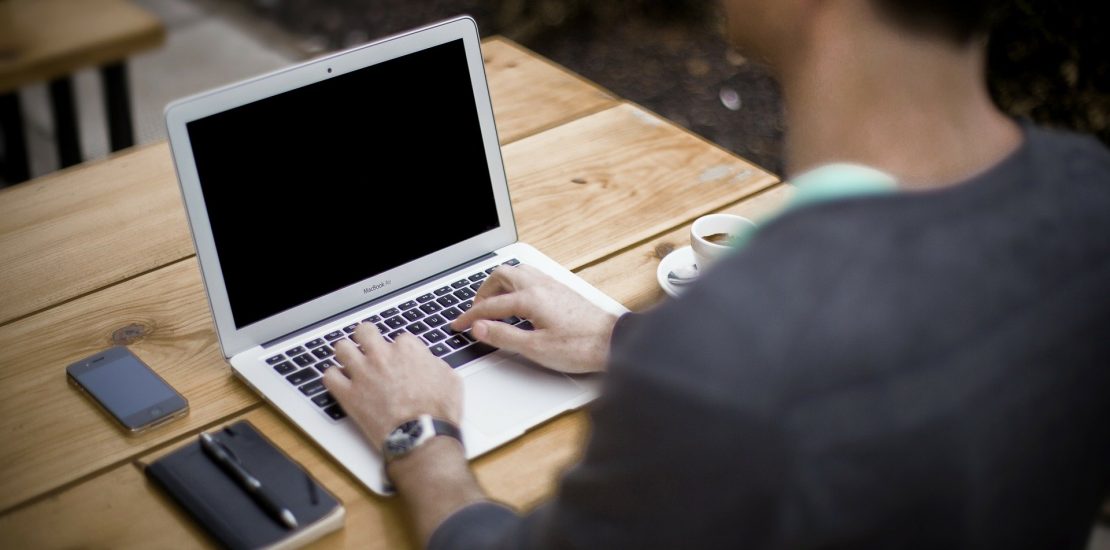Pros and Cons of Hot Desking
- 30 June 2018
- Posted by:
- Categories: News, Technology

Pros and Cons of Hot Desking
The need for static work space is dwindling as more and more rely on cloud computing for business. Less data is being physically stored on employee’s desktop computers, with emails, files, instant messages, and call systems being accessible from any authorised machine or device. This means that employees are no longer as tied to a single computer as they once were.
What is hot desking?
Hot desking is a way of organising the office so that office desks are shared between workers instead of each employee working from their own personal desk. Hot desking is a completely shake-up of traditional office structure. With no assigned desks, workers can take an available desk of their choice depending on their preference that day. The concept isn’t new or unique, as most people having experience with being able to log in to their account from any machine at school or at the library. In fact, the term “hot desking” itself is thought to have originated from “hot racking” — the naval practice of sharing the same bunks with other sailors to maximise space. Crew members who are returning from their shift will swap places with those asleep on the rack (or bunk), hence why the rack is still “hot” —or warm— as it is constantly in use.
Why hot desking is the future of office organisation
For medium to large enterprises, hot desking can massively reduce costs through space saved, as you will only ever have as many desks as you need at any one time. If your business has employees who work different shifts or schedules, or employees who frequently attend meetings or events outside of the office, this can prevent numerous empty desks taking up valuable office space. The benefit to the employee is mobility. Employees aren’t confined to a single desk but can work from their preferred space. Their requirements on a day-to-day basis may change from quiet to lively areas, or from a standing desk to a seated, from nearby the meeting room to nearby the staff room, and so on. This can boost productivity, and even prevent office cliques and tribe mentality in your company culture as employees of different job roles are more scattered around the office. Due to the transient nature of hot desking, you’ll also find that the office becomes tidier and less cluttered in appearance. Due to employees not having the ability to decorate their cubicles or desk areas with personal items, you are essentially enforcing a more minimalist aesthetic. This makes desks easier to clean, tidy, and organise.
Why it may not be right for your business
Hot desking has less advantages for small offices with few employees, where office space is less of a concern. Where removing the need to decorate desks can benefit the company, it may feel more oppressive to the employee. When they spend the majority of their waking lives in the office, having a home away from home can help them to feel de-stress or feel more comfortable at work. Hot desks can feel very impersonal, and this in itself may reduce company loyalty due to the employee not having that particular place that they “belong”. Whether it’s personalising their space with photos, trinkets, or a Rubik’s cube —or even using their desk space for storing an emergency umbrella, change of clothes, snacks, or pain killers— having that permanent space of their own connects them to the company so that they don’t feel transient. With hot desking, employees can’t just pick up their bag and go at the end of the day. This means: no leaving post-it notes, stationery, chargers, documents, lip balm… They have to pack everything away, and take it with them. One popular solution to the storage issue, that doesn’t take up as much floor space of each employee having their own desk, is by providing each employee with a locker. This alone can make personal desk space crucial to employees who are tied to physical filing systems.
If you’d like to find out more about how to set up hot desking for your business, contact us today.